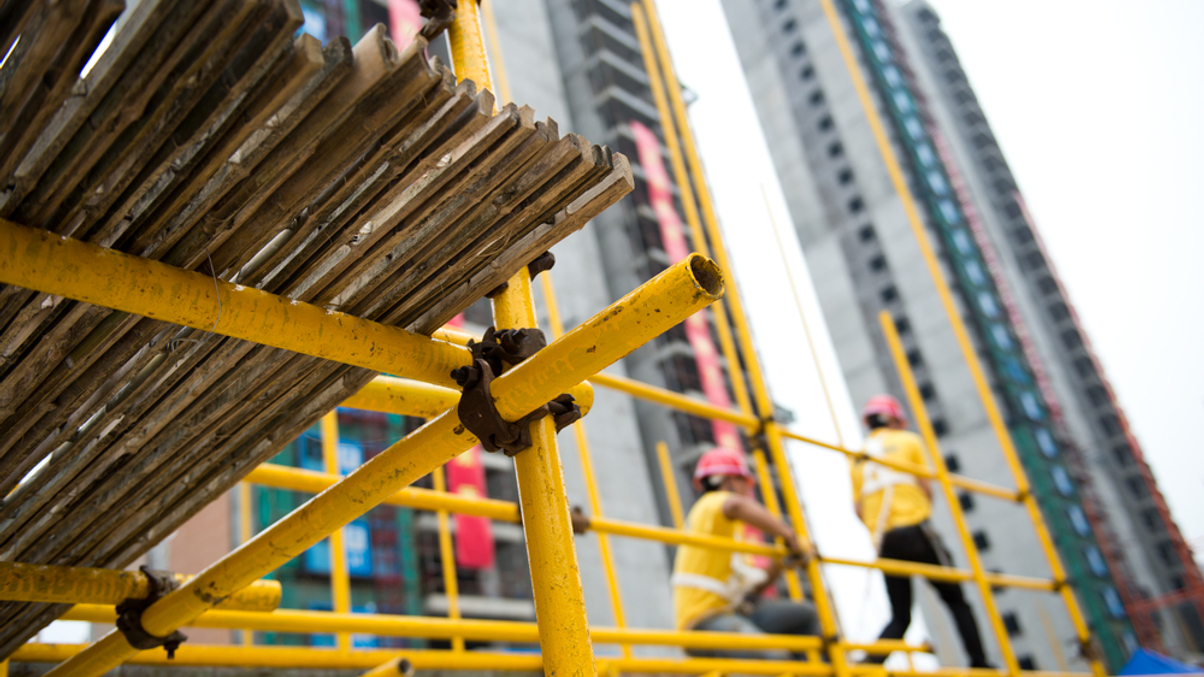Opinion: It is dangerous to underestimate China’s property crisis
More profound issues beyond the liquidity crisis of property developers include Chinese residents’ impaired confidence in the housing market and the slowing home sales dragging economic growth.

Since China’s economic boom started, there has been a common saying that glamorous Tier-1 cities only make up a small part of the Chinese narrative, and that the real China secretly unfolds itself in smaller Tier-3 cities and even villages in the countryside.
Sign In to Your Account
Access Exclusive AsianInvestor Content!
Please sign in to your subscription to unlock full access to our premium AI resources.
Free Registration & 7-Day Trial
Register now to enjoy a 7-day free trial—no registration fees required. Click the link to get started.
Note: This free trial is a one-time offer.
¬ Haymarket Media Limited. All rights reserved.


